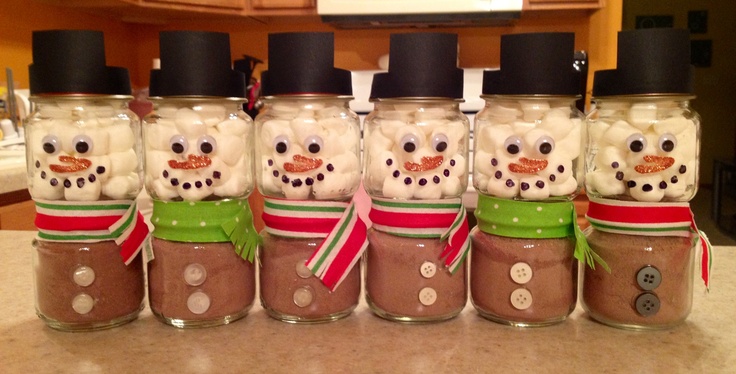Stage 2 baby food variety pack
Shop for Baby Food Variety Packs
Filter
Filter
Puree Type
Milestones
- Pregnancy
- Newborn
- Supported Sitter 2items
- Sitter 4items
- Crawler 4items
- Toddler 3items
- Preschooler
Ingredients
- Apple 5items
- Apricot
- Avocado 1item
- Banana 4items
- Beef
- Blueberry 2items
- Carrot 2items
- Cereal
- Chicken
- Corn
- Green Bean 1item
- Ham
- Kale 1item
- Mango 2items
- Oatmeal
- Pea
- Peach 3items
- Pear 2items
- Pineapple
- Pumpkin
- Raspberry 2items
- Rice
- Spinach 1item
- Squash
- Strawberry 4items
- Sweet Potato 2items
- Turkey
- Zucchini 1item
Needs
- Colic
- Crying
- Fussiness
- Gas
- Mild Spit-Up
- Uncomfortable Poops
- Teething
- Vitamin D
- On the Go 5items
- Iron
- Starting Solids 3items
- Expanding Textures
- Probiotics
- DHA
- Prebiotics/2’-FL HMO
CLEAR ALL
Price - Low to High Price - High to Low Newest On Sale Top Sellers
Favorite Fruits Variety Pack Stage 2 Jarred Baby Food
Key Benefits
- Three 4 oz.
jars each of Earth's Best Organic Stage 2 Pears, Apples & Apricots, Pears & Raspberries, and Peach, Oatmeal Banana Baby Food (12 total)
- For babies 6 months and older
- Packaged in BPA free resealable jars
- No artificial flavors, colors or preservatives
- USDA Certified Organic and made with non GMO ingredients
- Nutritional information varies by product. See individual products for specific nutritional information.
Buy Now
The Qualities that Make this Product Earth’s Best.
-
Proud to be Certified Organic
-
No Genetically Modified Ingredients
-
Certified Kosher Ingredients
The most accurate information is always on the label on the actual product. We periodically update our labels based on new nutritional analysis to verify natural variations from crop to crop and at times formula revisions. The website does not necessarily get updated at the same time. The values on the website are intended to be a general guide to consumers.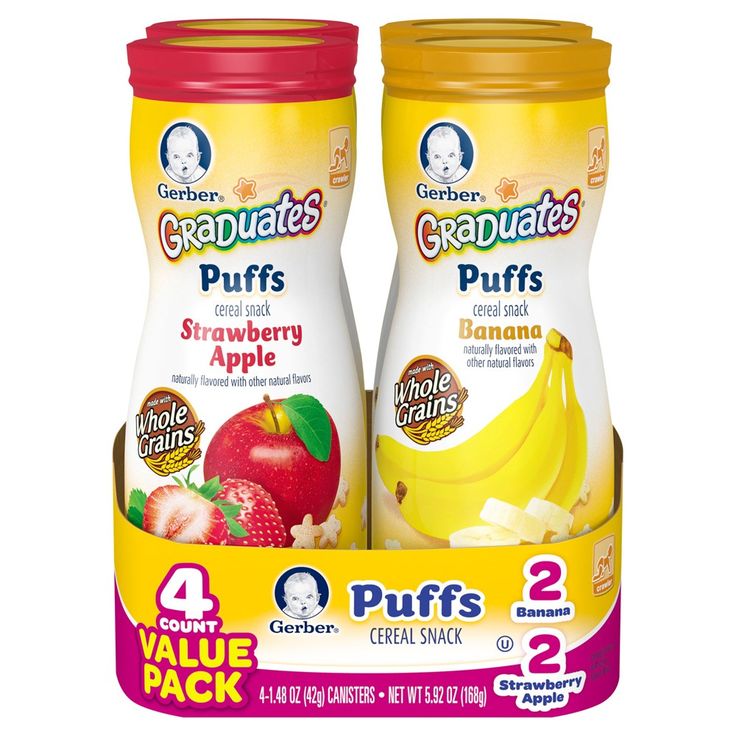 For absolute values, the actual label on the product at hand should be relied on.
For absolute values, the actual label on the product at hand should be relied on.
Time-trusted and safe, we strive to provide better for baby products made with pure ingredients to help children grow up strong and healthy.
-
Diapers & Wipes
To keep your baby’s delicate skin fresh and clean, we thoughtfully provide chlorine free…
Learn More
-
Infant & Toddler Formula
Earth’s Best Formulas come in Dairy, Soy, Sensitivity, Gentle, and Toddler…
Learn More
-
Infant & Baby Foods - Cereal, Purees, & Jarred Foods
Nurture your baby’s development with organic cereal and pureed foods, in convenient packaging.
Learn More
-
Toddler Foods
Discover wholesome products including breakfast foods, entrees and snacks for your toddler from…
Learn More
-
Foods For Special Diets
The Earth’s Best® brand team believes that everyone should be able to enjoy our delicious products…
Learn More
-
Oral Care For Kids
We offer a line of earth-friendly oral care products for infants and toddlers.

Learn More
- Serving Size:
Servings Per Container: - Amount Per Serving
- Calories:
- % Daily Value*
- Total Fat 0g
- 0%
- Trans Fat 0g
- Saturated Fat 0g
- 0%
- Cholesterol 0mg
- 0%
- Sodium 0mg
- 0%
- Total Carbohydrates 0g
- 0%
- Fiber 0g
- 0%
- Total Sugars 0g
- Protein 0g
- Vitamin A 0%
- Vitamin C 0%
- Calcium 0%
- Iron 0%
* Percent Daily Values are based on a 2,000 calorie diet. Your daily values may be higher or lower depending on your calorie needs.
The most accurate information is always on the label on the actual product.
 We periodically update our labels based on new nutritional analysis to verify natural variations from crop to crop and at times formula revisions. The website does not get updated at the same time. The values on the website are intended to be a general guide to consumers. For absolute values, the actual label on the product at hand should be relied on.
We periodically update our labels based on new nutritional analysis to verify natural variations from crop to crop and at times formula revisions. The website does not get updated at the same time. The values on the website are intended to be a general guide to consumers. For absolute values, the actual label on the product at hand should be relied on.
Ingredients
Stage 2 baby food: what is it, when to start and what options to try
Contents
- What is stage 2 baby food?
- Identification of stages by brand
- What is the difference between stage one and stage two meals?
- When and how should I start feeding my baby 2nd stage complementary foods?
- What are your baby food options for stage 2?
- Store-bought baby food stage 2.
- Homemade baby food stage 2
- Conclusion
Accompanying your child through the different stages of learning how to eat real food is an exciting journey.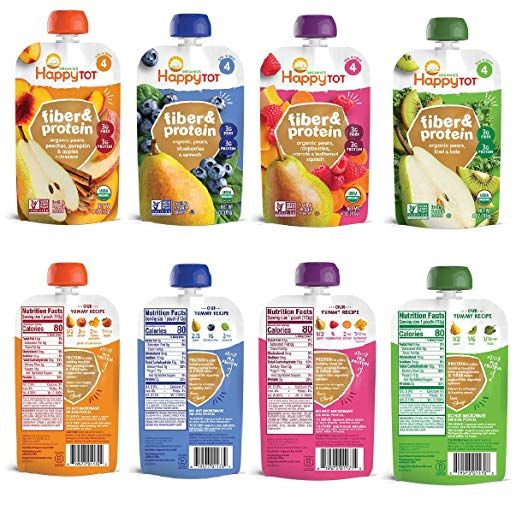 Sometimes, along with a sense of pride - - you can feel a little confused. How should you navigate milestones?
Sometimes, along with a sense of pride - - you can feel a little confused. How should you navigate milestones?
What is stage 2 baby food?
Let's start from the beginning: what do the stages of baby food mean?
Rome wasn't built in a day, and your child's digestive system won't jump from liquid to solid in one day either. That's what baby feeding stages are for - to help your baby manage the mechanics of eating and ease the transition to your baby's digestive system. nine0003
Defining milestones by brand
Although the different baby food steps are not standardized (if they were, your life would be easier!), most popular brands more or less follow these four steps:
- Step 1: From 4 up to 6 months (single ingredient watery puree)
- Stage 2: 6 to 9 months (thicker texture, strained or puréed)
- Stage 3: 10 to 12 months (porridge with soft chewy small pieces ) nine0008
- Stage 4: After 12 months (food that you can eat with your fingers and small soft pieces of food that you share with your dinner)
What is the difference between eating the first and second stages?
Stage 1 food is quite watery. They turn into a smooth paste that runs off a spoon easily, so stock up on bibs. These products usually consist of one ingredient: oatmeal, apples, carrots. Your child will start eating about half a teaspoon of this. nine0003
They turn into a smooth paste that runs off a spoon easily, so stock up on bibs. These products usually consist of one ingredient: oatmeal, apples, carrots. Your child will start eating about half a teaspoon of this. nine0003
Stage 2 food becomes more exciting. They are strained or ground into a thick paste. They are made from a combination of foods that can include legumes and even meat or fish. They can combine flavors, such as fruit and vegetable blends. Your child's appetite is growing and you will have to keep up with larger portions.
When and how should I start feeding my baby 2nd stage complementary foods?
Around 6 to 9 months of age, your baby is probably ready to switch to stage 2 complementary foods. Not every child will stick to this schedule, simply because every child is a separate world. nine0003
Here are a few signs that your baby is ready to move on:
- Tongue reflex: At around five months, your baby will begin to lose the tongue thrust reflex and will not immediately push out the food you are trying to feed.
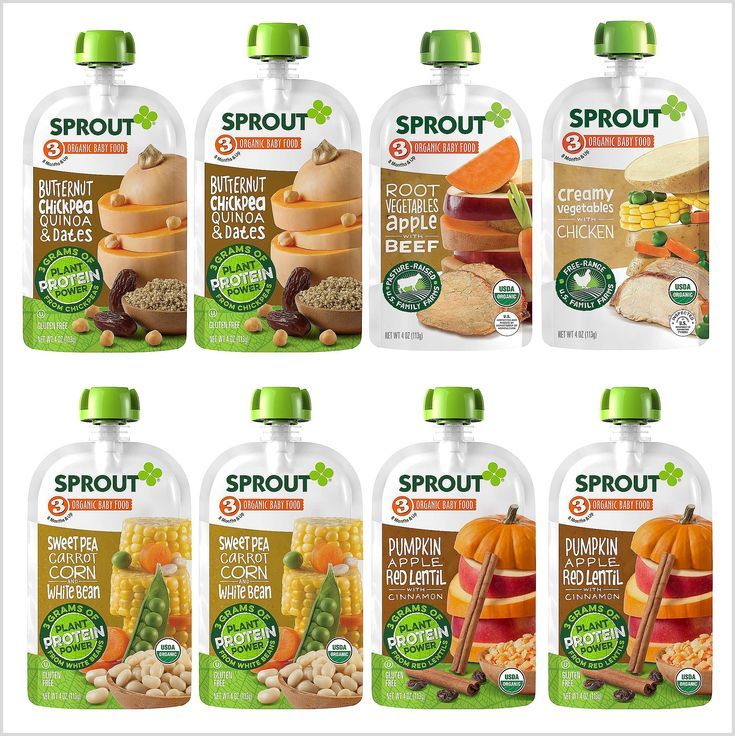
- More Please: They will easily eat the first stage foods and look hungry to eat more.
- Variety: They ate foods from all food categories (vegetables, fruits, legumes, grains, meat) and showed no allergies or intolerances. nine0008
- Delight: They easily eat a spoonful of food in stage 1, swallow and swallow with pleasure.
At this exciting stage, feel free to give your child most of the foods. By offering them a wide range of flavors and textures, you give them the foundation for a healthy diet and also make it easier for you. Be aware of the following safety considerations:
- Choking Hazard: Avoid nuts, seeds, and popcorn at this stage. And don't forget to cut round foods like grapes and hot dogs lengthwise. nine0008
- No honey: Babies under 12 months old should not be given honey as it can lead to botulism.
- No Juice: Follow AAP guidelines and stick to breast milk, formula or a little water and stay away from juices.

- Safe Feeding: Always fasten your child to a high chair and supervise him while he eats.
And if you're curious about peanuts, here's the scoop: 2017 National Institutes of Health report suggests giving babies peanut-containing foods as early as 4 months of age. (Wait up to 6 months for children with mild to moderate eczema.)
Surprised? Do not be. A recent study showed that Israeli children rarely suffer from peanut allergies because they have been chewing bamba, a peanut-based snack, as early as 3 months old. Talk to your doctor about safe ways to include peanut products in your baby's diet.
What are your baby food options for stage 2?
What is included in the stage 2 baby food menu? Basically, you can go the store or home route. Or you can mix both depending on how much time you have. It depends on you and your personal schedule. nine0003
Here are some delicious ideas for both.
Store-bought baby food stage 2.

- Plum: These organic blends come in easy-to-carry bags. Try pear, spinach and peas, or banana and pumpkin.
- Beech-walnut: Available in tins and bags. Serve a few apples and bananas or pineapple, pear and avocado.
- Best in the world: Another organic option, in bags or jars. Try sweet potatoes, barley and chickpeas, or pasta with tomatoes and white beans. nine0008
- Gerber: A classic served in plastic jars, jars or bags. Flavor combinations include peach mango and dinner with oatmeal or chicken noodles.
Remember to keep an eye on your baby while he is eating. Bags are convenient, but caps can be a choking hazard. Glass jars can break, so keep them out of the reach of children. Your child should always enjoy snacks and meals under close adult supervision.
Homemade Baby Food Stage 2
Cooking up a storm for your baby's nascent taste buds doesn't have to be a daunting task at this stage.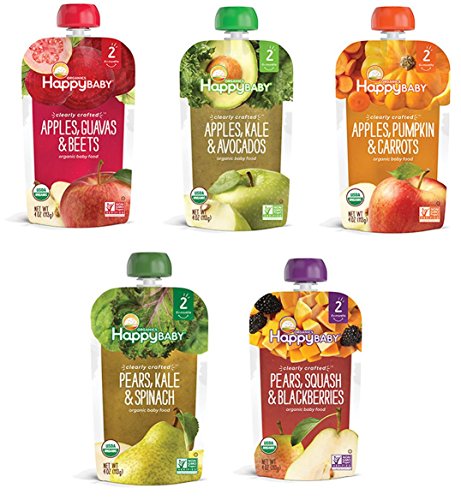 Here are some recipes to help you. (You can find more baby food recipes here.)
Here are some recipes to help you. (You can find more baby food recipes here.)
Don't skimp on spices and herbs: your little one will appreciate the extra flavor and the micronutrients they contain will boost their immune system.
- Apple, walnut and carrot: Cook the ingredients until they are soft when checked with a fork. Drain off some of the water, but set it aside in case you need to dilute the mixture. Sprinkle with a little curry and stir. nine0008
- Blueberries and chickpeas: You can make your own chickpeas or use ready-made ones to save time. Mix equal amounts of blueberries and chickpeas. Mix and add breast milk, formula, or water to get the right consistency. You can also add some rice for added appeal and texture.
- Salmon with fried zucchini and fennel: Drizzle salmon and vegetables with oil and roast for about 15 minutes. Add chopped parsley and stir. You can dilute formula with breast milk, formula, or water.
 nine0008
nine0008
Conclusion
Enjoy this stage with your child because he will soon move on to the next stages. And then, sooner than you think, you may face competition for the last slice of caramel cheesecake.
Obtaining a certificate of state registration for baby food
In our country, any product intended for children of primary and preschool age undergoes strict control for compliance with safety standards within the framework of state registration. For baby food, this measure is established by the list of products subject to state registration (SGR) in the bodies of Rospotrebnadzor. This document classifies the mentioned product as a specialized food, for which it is also prescribed to issue an SGR. How to do this now and will be discussed. nine0003
The state registration certificate is issued by the body authorized by Rospotrebnadzor after a set of tests and examinations. The main purpose of these events is to confirm the compliance or non-compliance of food products for children with safety standards adopted in the Customs Union. These norms are formulated at once by two Technical Regulations of the Customs Union, which are responsible for food products in general and for their labeling. In addition, depending on the type of product, it may be subject to other regulations. For example, for juice products. Of course, the goods must pass through all the parameters specified in the regulations. nine0003
These norms are formulated at once by two Technical Regulations of the Customs Union, which are responsible for food products in general and for their labeling. In addition, depending on the type of product, it may be subject to other regulations. For example, for juice products. Of course, the goods must pass through all the parameters specified in the regulations. nine0003
Another important issue is what actually counts as baby food and what is adult food, for which SGR, with some exceptions, is not required. Baby food is divided into three groups according to the age of the consumer. The first group - children under 3 years old; the second group - children from 3 to 6 years old and the third group - children over 6 years old. This classification is due to the peculiarities of the development of the organism and, as a result, each stage of development requires its own set of nutrients that the child's body receives from the product. nine0003
As for the types of baby food, the nomenclature is quite rich.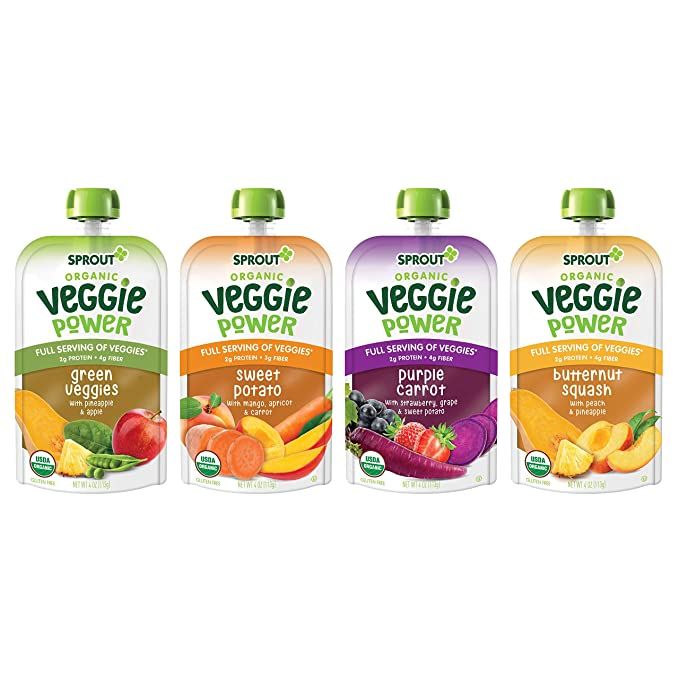 As a rule, baby food is a product made according to a special technology, to which special requirements are imposed. These include:
As a rule, baby food is a product made according to a special technology, to which special requirements are imposed. These include:
- infant formula;
- fruit and vegetable purees;
- canned juices and nectars;
- pâtés and sausages for pre-school children; nine0005 canned meat and fish for children;
- children's confectionery;
- cereals and cereal mixtures for feeding children over 3 years of age;
- children's drinking water.
In addition to the above items, food products declared by the manufacturer as specialized for children also fall under the category of children.
The first stage of the procedure will be the collection of documents in order to submit an application to Rospotrebnadzor. The finished package of documents, together with product samples, is accepted by an employee of the department, after which all necessary measures will be taken to check the quality of baby food.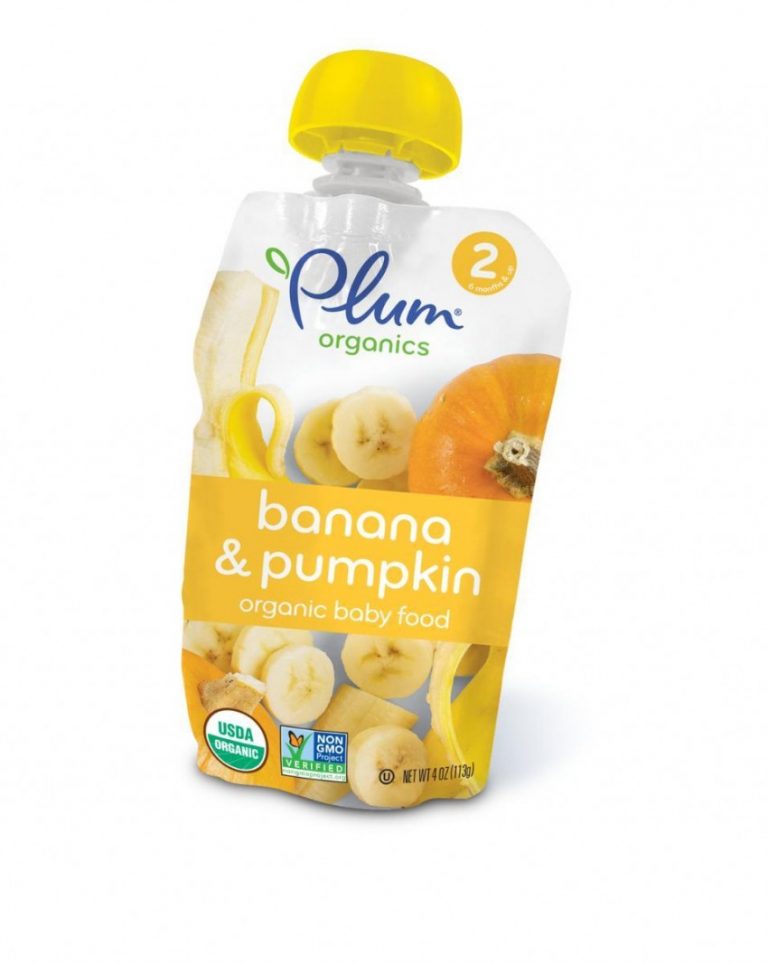 These include an audit of the production where the products are manufactured, as well as laboratory testing of product samples. nine0003
These include an audit of the production where the products are manufactured, as well as laboratory testing of product samples. nine0003
For the applicant, the difficulties begin after the need has matured for obtaining a certificate of state registration for baby food. The fact is that the list of documents as such is in the regulations, but taking into account the specifics of the product, it can be supplemented. Food products intended for children are exactly the case. Therefore, to clarify the list of documentation required for filing an application, it is worth checking with a specialist of the certification center.
In addition, dry administrative regulations and normative acts do not take into account the diversity of life situations, and it is often necessary to find a non-standard solution. Which only professionals can do. It is to them that the design of the SGR should be entrusted. This will significantly save the time of the procedure. Which is important, given that the certificate of state registration is the primary document received immediately before certification or declaration.




